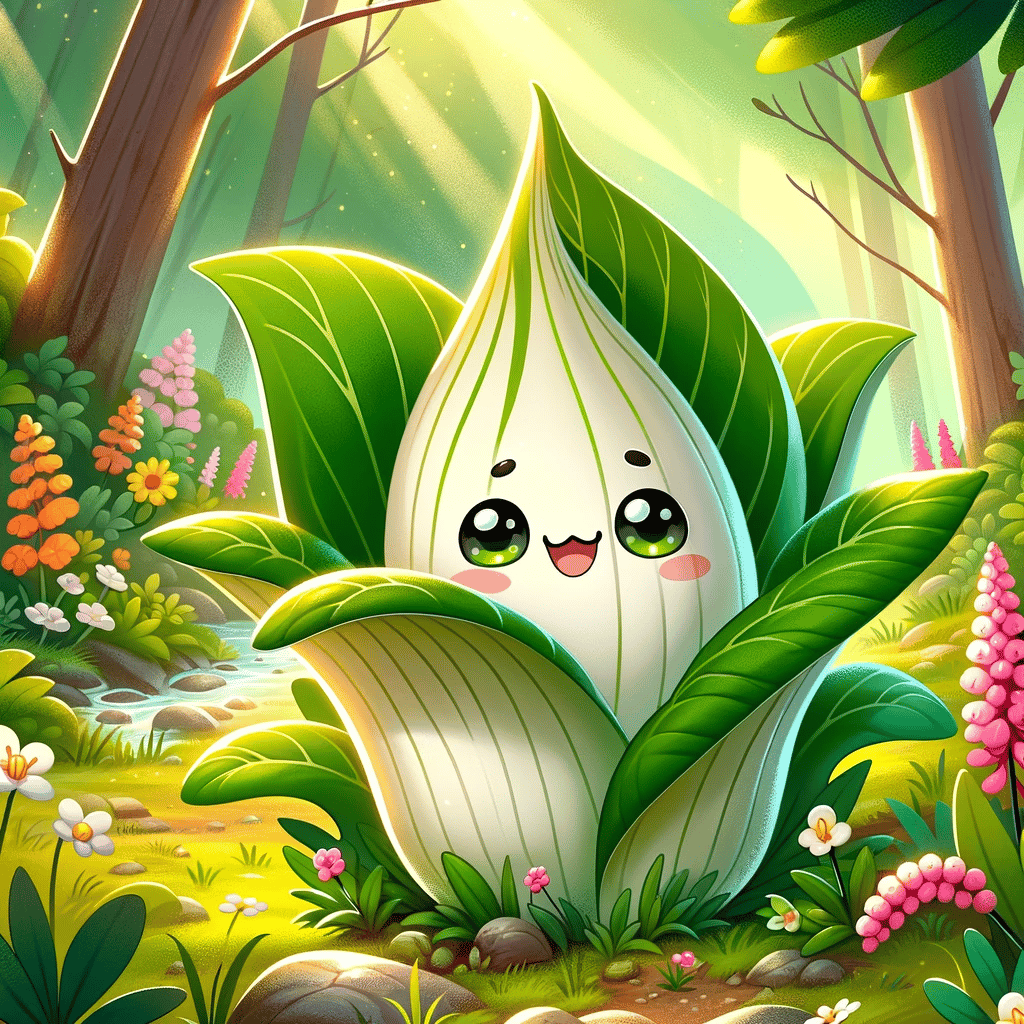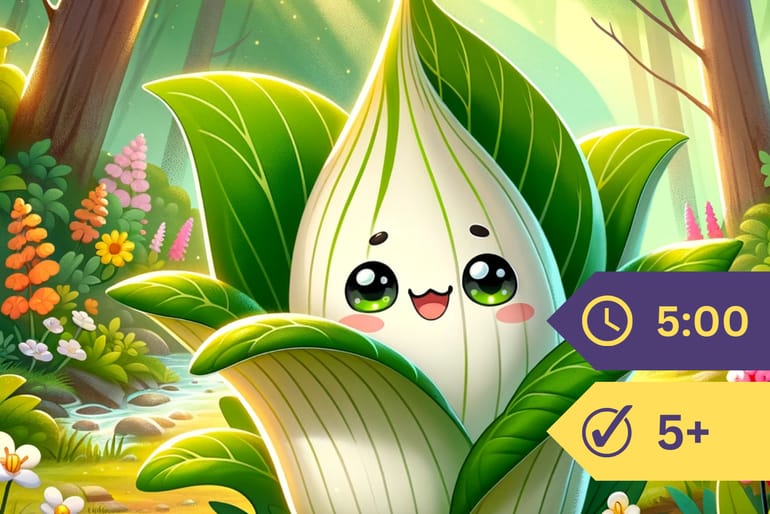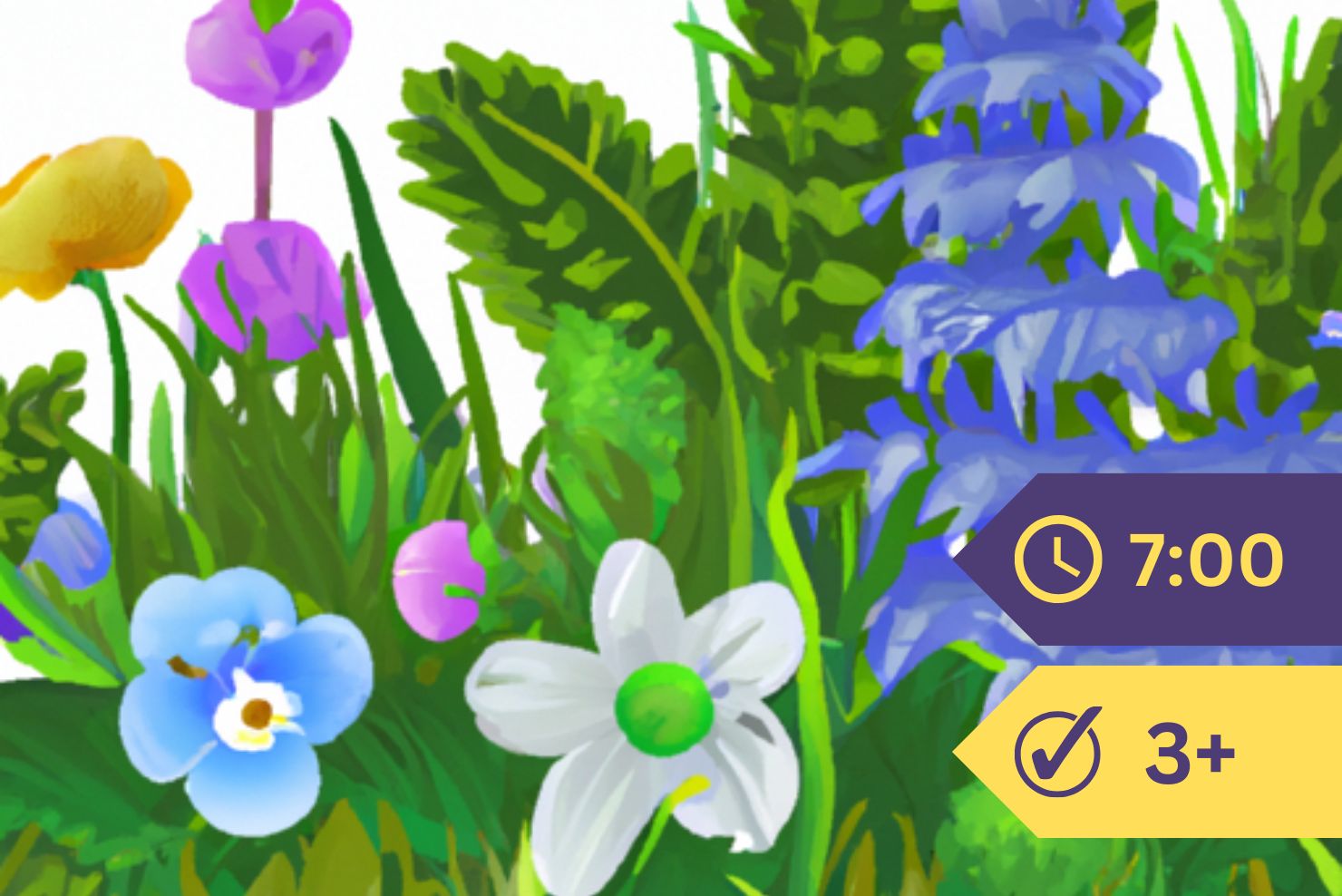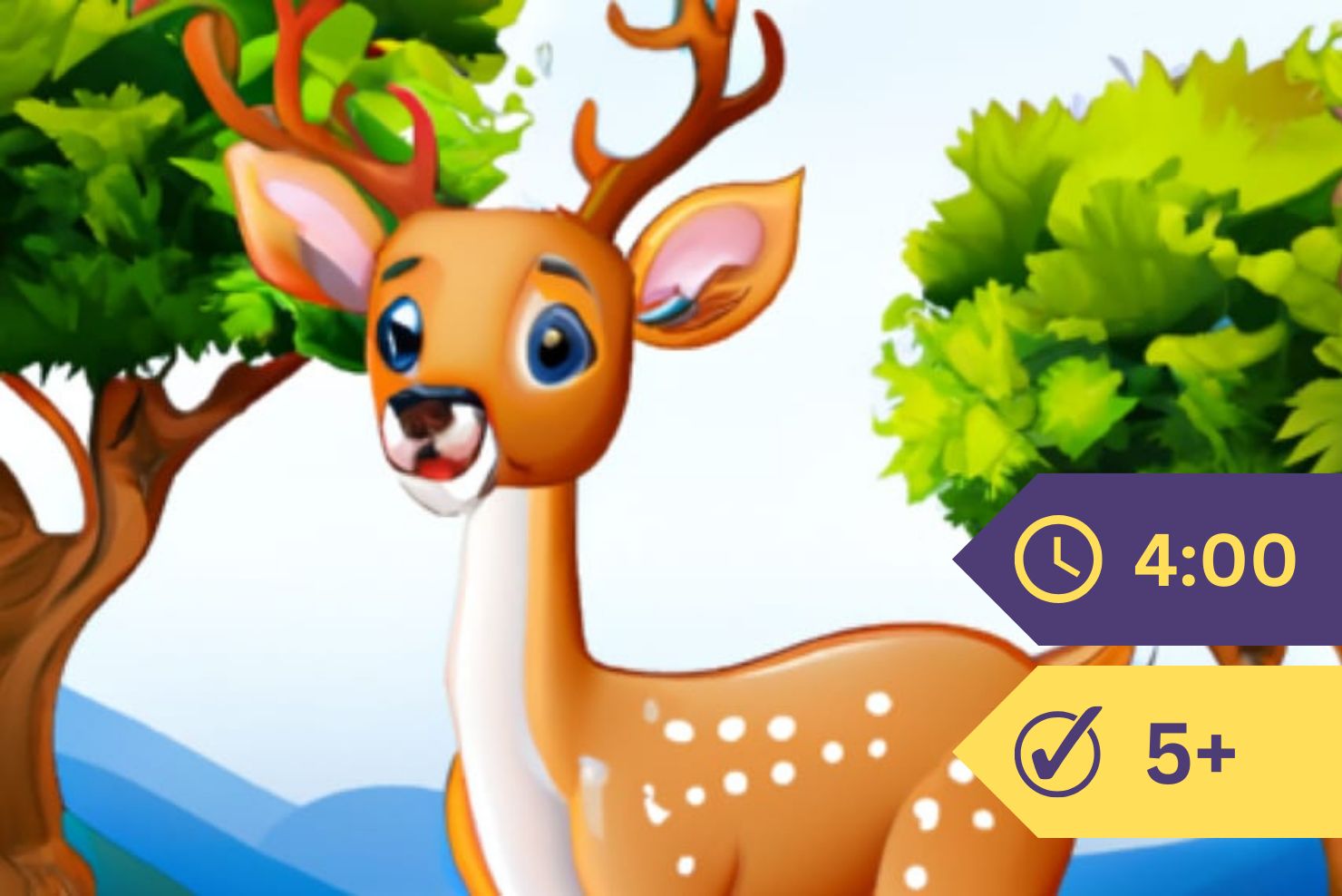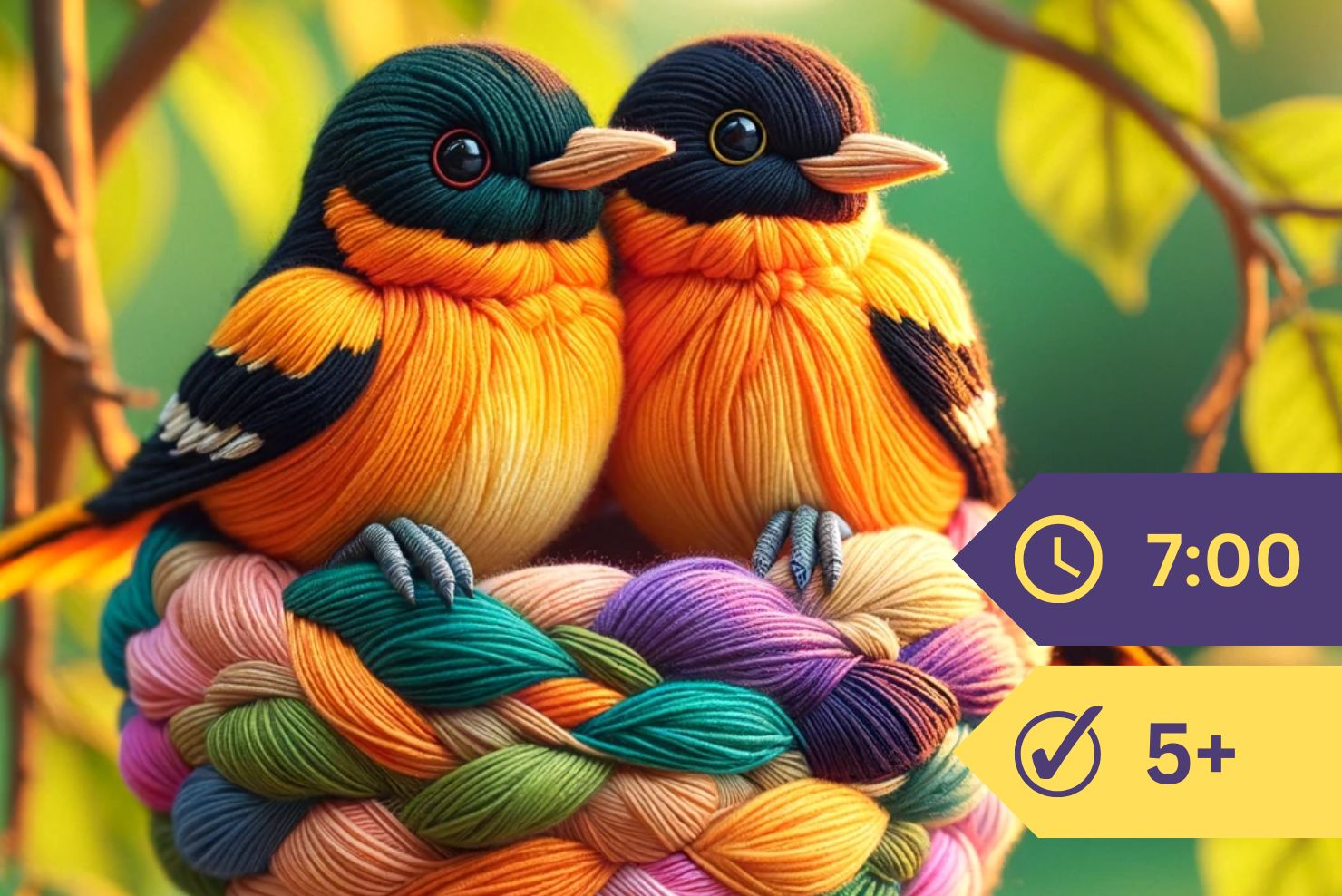I should like to ask each of you children to tell me what flower you believe to be first to come in the spring.
Some of you have never stopped to think about this. But there are sure to be a few among you who will name one special flower as the earliest of the year.

Perhaps even in March you may have ventured into the woods to look for the lovely, fragrant, waxlike blossoms of the trailing arbutus. You know the sheltered hollow where the snow first melts; and there the delicate pink flowers make you glad with their beauty, and with the thought of the good time coming. To some of us this first hunt for the arbutus is one of the great events of the year. It means the beginning of long, delicious hours in the fresh air, with birds and trees and butterflies and wild flowers as our chosen companions.
But not all of you will agree that this trailing arbutus is the first spring flower. Many think the violet can lay claim to this honor. The yellow violet especially may be found in the woods before the trees have put forth their leaves.
And some say that the little blue liverwort (sometimes this is pink or white) is the earliest of all; and others vote for the spring beauty, or for the yellow adder’s tongue, or for the Dutchman’s breeches, or for the anemone.
And still others say that the marsh marigold, the shining flower that in April gilds the wet meadows, leads the procession.
But you are wrong, every one of you. The earliest blossom of the year makes its appearance long before any of these flowers you have mentioned.
The first plant to blossom knows better than to proclaim the change of season by anything so fragile as a violet, an anemone, a spring beauty. It sends out its rather coarse little flowers under the protection of a tough waterproof hood, which shields them from the rude winds and nipping cold.
This plant bears the ugly name of skunk cabbage. Its broken stem and leaves give out an odor which at once persuades you that its title is deserved.

In the swamps the skunk cabbages send up by the dozen the curious purple hoods which curl about the thick clusters of little flowers. When you come across a colony of these queer-looking objects, no wonder it never occurs to you that the first flower of spring is at hand. The great shiny hoods look more like snails than like flowers; and indeed usually the flowers are not in sight at all, so well are they shielded by these hood-like leaves.
But each little hidden flower has four flower leaves, four stamens, and one pistil. When they have been dusted with pollen by fly visitors, and are preparing to turn into fruit, the purple hoods wither away. Then the plant sends up clusters of large bright green leaves. In June you see these great leaves everywhere in the wet woods.
So if you wish to be on hand to welcome the very first flower of the year, you must begin to keep your eyes open by the end of February. You must visit the swamps each day, and look for the purple hoods inside which are snugly hidden the little blossoms of the skunk cabbage.
And I advise you now to take a sheet of paper and make a list of the plants as you find them in flower. Put down the date of each blossom as it appears, and the place where you find it. If you begin to do this as children, and keep it up when you are older, you will take real delight in the habit. Each year it will interest you more and more to turn back to the old lists and discover whether the flowers are on time, or whether they are late or early in making their first appearance.
I hope your teacher will start you at once with such a list; for the sooner you begin, the more complete will be your pleasure in this delightful season.
